In the conversion of wind power, the rotor is the first point of energy transformation, transforming the kinetic energy of the wind into torque and rotation. Rotor technology sets a limit of the energy converted and the loading required to convert this energy. The load cycles are design drivers, influencing the mass and operation of the rotor, and therefore the entire turbine. In addition to extracting kinetic energy from the flow, the rotor creates a pressure field that generates the wake and leads to noise generation. Rotor design optimisation must therefore account for power and load optimisation, constrained by the full lifecycle, fatigue life and noise, among other boundary conditions. This session focus on innovations in both rotor design methodologies and components.
You attended this session?
Learning objectives
- Understand the effect of geometric non-linearities in the fatigue life of the blade;
- Evaluate the possible impact of flexible certification guidelines in rotor design optimisation;
- Analyse the application of trailing edge serrations as a noise reduction device;
- Evaluate the potential of active flap control for both alleviation and power optimisation;
- Evaluate the impact of integrating the turbine lifecycle in the design optimisation of rotors.
_-_Photo_2016.jpg)
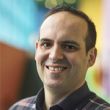
Presenter
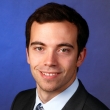
Co-authors:
Pablo Noever Castelos (1) F Claudio Balzani (1)
(1) Leibniz University Hannover, Hannover, Germany
Presenter's biography
Biographies are supplied directly by presenters at WindEurope Summit 2016 and are published here uneditedMr. Noever Castelos is currently working at the Institute for Wind Energy Systems of the Leibniz Universität in Hannover as a PhD candidate. He achieved his Master's Degree in Mechanical Engineering at the Ruhr Universität in Bochum and in Wind Energy Engineering at the Leibniz Universität in Hannover. His research is focused on the bondings of wind turbine blades.



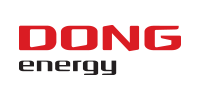

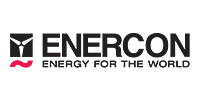
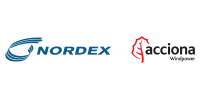
Follow EWEA on: